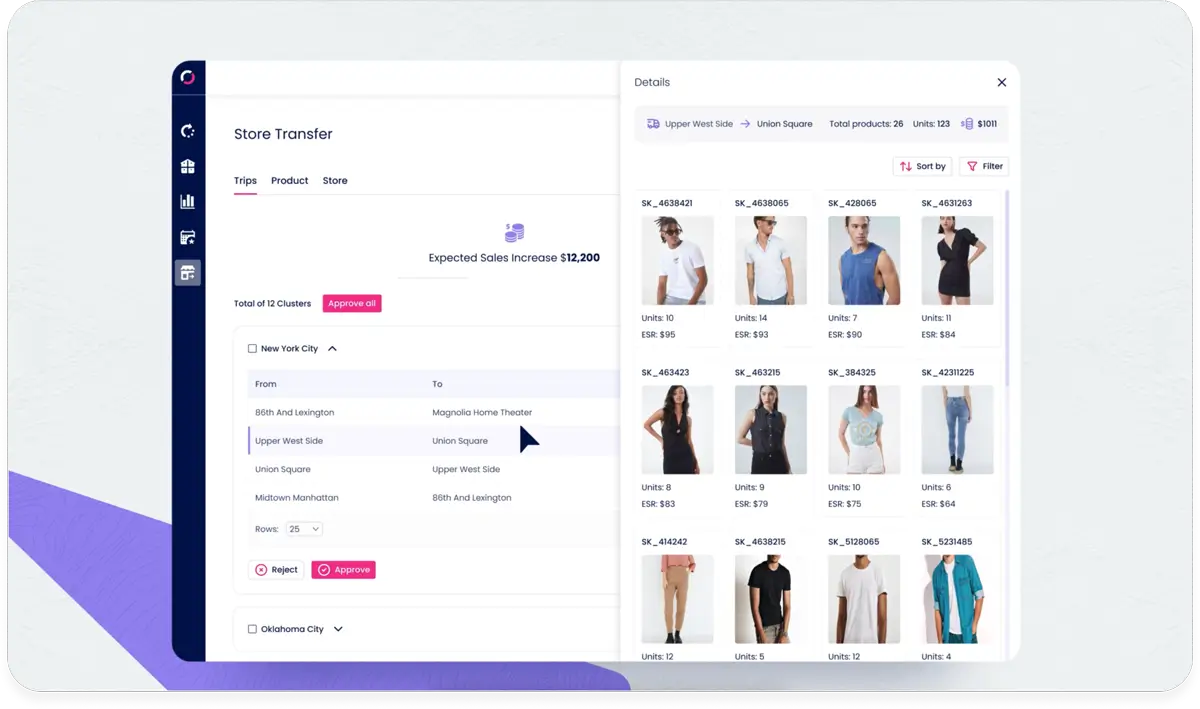Convert more sales from less inventory
Demand-driven inventory management, powered by AI
Get StartedJoin Onebeat retailers whose results speak for themselves
“Onebeat helped us create efficient and profitable store transfers, with 43% of transferred items selling within 30 days.”
Keep reading
"At Aramis, we have a 31% reduction in permanent items and, paradoxically, we managed to sell 12% more items in volume."
Keep reading

“Onebeat allowed us to free up working capital resources for investments in growth projects”
Keep reading

"Onebeat’s daily smart replenishment orders cover shortages, reduce lost sales, and achieve optimal inventory."
Keep reading
“Onebeat helped us create efficient and profitable store transfers, with 43% of transferred items selling within 30 days.”
Keep reading

"At Aramis, we have a 31% reduction in permanent items and, paradoxically, we managed to sell 12% more items in volume."
Keep reading

“Onebeat allowed us to free up working capital resources for investments in growth projects”
Keep reading

"Onebeat’s daily smart replenishment orders cover shortages, reduce lost sales, and achieve optimal inventory."
Keep reading

With Onebeat, your retail's bottom line is bigger and stronger than ever.


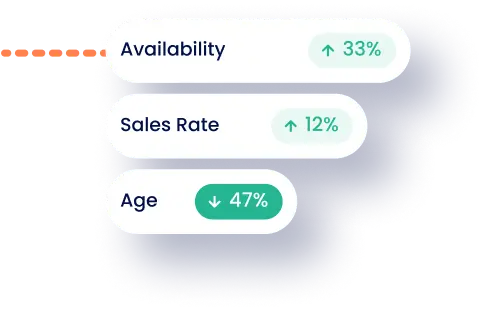

Transform inventory into a profit powerhouse
Our system leverages real-time data to understand product behavior at the SKU, store & customer level. It makes daily adjustments to inventory targets to ensure optimal stock coverage at each location, so stock is always flowing, fresh, and profitable.
Learn more
The ultimate toolkit for optimized inventory execution at scale
Drive conversions and cost savings with AI and ML-powered allocation, replenishment, store transfer, special events, and analytics solutions that ensure the right products are in the right places at the right times.
Learn more

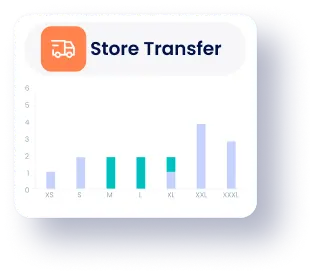
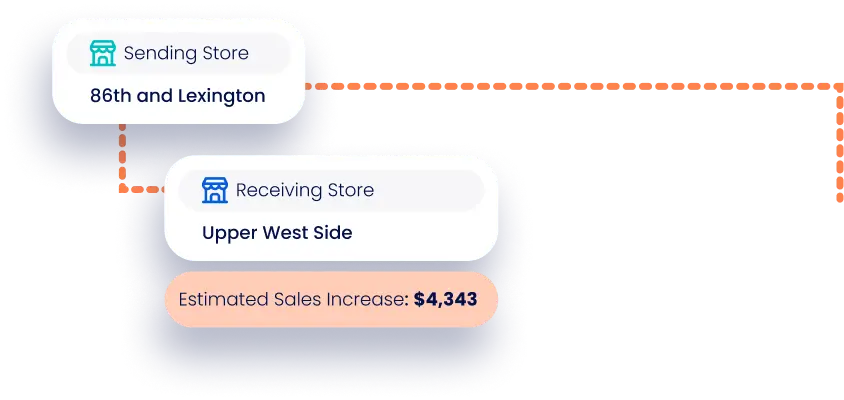
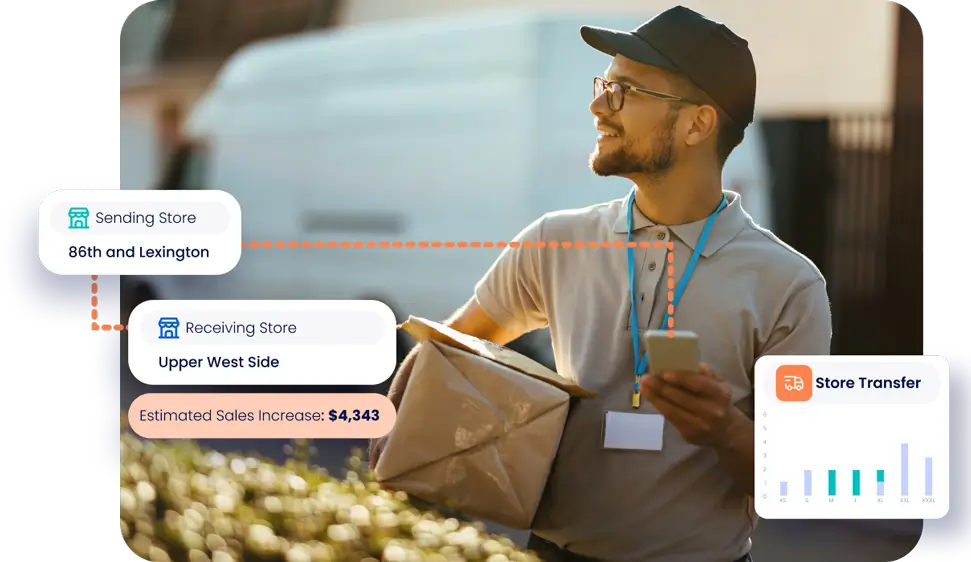

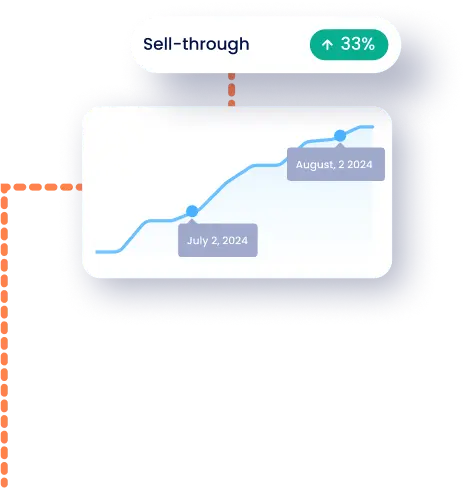

Fast, Meaningful Results. Zero Heavy Lifting.
Enterprise-grade software that improves operations at the speed of SaaS. Onebeat effortlessly integrates to any ERP and works around constraints to treat inventory issues at their source. See results in weeks, with no downtime or steep setup fees.
Learn more
Our proven performance improvements lead the market

